Tag: mortality

Terlipressin for Septic Shock Patients
Catecholamines are commonly used in septic shock but face limitations of their hypo-responsiveness and adverse events due to high dose. Terlipressin is a synthetic vasopressin analog with greater selectivity for the V1-receptor.... read more

Clinical Impact and Assessment Tools Capable of Identifying Delirium in Cardiac Arrest Survivors
This review aims to describe the clinical impact and assessment tools capable of identifying delirium in cardiac arrest survivors and providing strategies aimed at preventing and treating delirium. Patient factors leading... read more

Emergency Department Hyperoxia Associated with Increased Mortality in Mechanically Ventilated Patients
Emergency Department exposure to hyperoxia is common and associated with increased mortality in mechanically ventilated patients achieving normoxia after admission. This suggests that hyperoxia in the immediate post-intubation... read more

Speedy sepsis care slows in-hospital mortality
Sepsis and septic shock patients treated within 3 hours had lower in-hospital mortality rates than those treated between hours 3 and 12, based on data from nearly 50,000 adult patients. The findings were presented at an international... read more

qSOFA Performance Score as Prognostic Tool in Infected Patients Outside the ICU
A positive qSOFA score had high specificity outside the ICU in early detection of in-hospital mortality, acute organ dysfunction, and ICU admission, but low sensitivity may have limitations as a predictive tool for adverse... read more
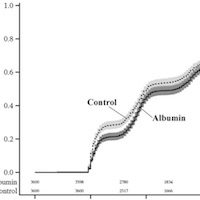
Acute Kidney Injury in Postoperative Shock
Is hyperoncotic albumin administration an unrecognized resuscitation risk factor? The use of hyperoncotic albumin (HA) for shock resuscitation is controversial given concerns about its cost, effectiveness, and potential for... read more
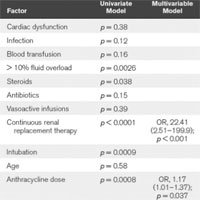
Critical Illness and Cardiac Dysfunction in Anthracycline-Exposed Pediatric Oncology Patients
Children with cancer who received anthracyclines, especially at higher doses, and who develop cardiac dysfunction are at higher risk of critical illness, have higher rates of multiple organ dysfunction and higher rates of... read more
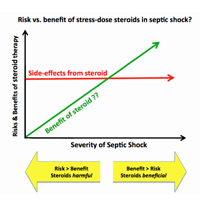
Steroids in Septic Shock – Four Misconceptions and One Truth
The utility of steroids in sepsis has been debated passionately for decades. There is hope that steroids might improve mortality, but also fear that they could increase infectious complications. Practice varies widely. What... read more

The Hospitalist Role in Treating Opioid Use Disorder
Opioid use disorder, like many of the other conditions we see, is a chronic relapsing remitting medical disease and a risk factor for premature mortality. When a patient with diabetes is admitted with cellulitis, we might... read more

The Glutamine Debate in Surgery and Critical Care
Three recent meta-analyses have confirmed traditional glutamine (GLN)-supplemented (or "GLN-Complemented" – providing GLN for completeness of amino acid content) TPN is safe, reduces mortality and improves outcome in surgical... read more
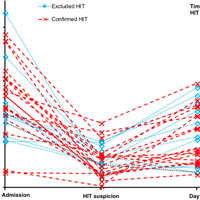
Prevalence and outcome of heparin-induced thrombocytopenia diagnosed under veno-arterial extracorporeal membrane oxygenation
Prevalence of HIT among patients under VA‑ECMO is extremely low at 0.36% with an associated mortality rate of 33.3%, which appears to be in the same range as that observed in patients treated with VA‑ECMO without HIT.... read more
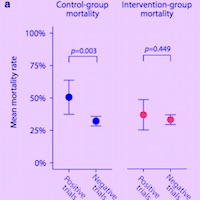
Positive Outcomes, Mortality Rates, and Publication Bias in Septic Shock Trials
Out of 65 eligible septic shock trials, 14 did not have a clearly defined control group (two standards of care were compared) and were excluded. For the 51 remaining trials, control-group mortality ranged between 15.9%... read more

Impact of Hypophosphatemia on Outcome of Patients in ICU
Hypophosphatemia at admission is an independent risk factor for 28-day mortality in general ICU patients. The cohort included 946 patients with a median phosphate concentration of 0.77 mmol/L. Patients with hypophosphatemia... read more
Who May Benefit Most From Future Vitamin D Intervention Trials
High-dose vitamin D3 supplementation was associated with a reduction of 28-day mortality in a mixed population of critically ill adults with vitamin D deficiency when excluding patients who died or were discharged within... read more




